Public Opinion on Bulk Water Sales Ranges From ‘Makes Sense’ to ‘Hell No!’
Bulk water sales have been attempted, banned and succeeded around the world. As Sitka, Alaska adds another sales pitch to the pile, Circle of Blue looks at how deals have been done or done away with.
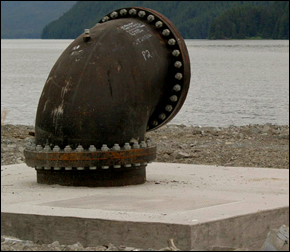
Alaska Resource Management LLC plans to ship bulk water bought from the city of Sitka across the Pacific Ocean to eventually be sold in the Middle East. The above 42-inch-diameter pipeline links Blue Lake to Sitka’s deepwater harbor to load water onto tanker ships.
Some governments, responding to public concerns, have instituted bulk water bans. After several export attempts in the 1990s (see timeline), Canada’s federal and provincial governments crafted laws to control the flow of water out of the country. Many Canadians are worried that selling any water to the U.S. will force the country to open the resource to American companies under North American Fair Trade Agreement (NAFTA) provisions.
When writing laws, Canadian legislators have been careful to use the phrase bulk water removal to frame the debate as an environmental protection issue. Outright bans on exports could run afoul of existing international trade treaties and invite more legal challenges like the 1998 notice filed against the Canadian government by Sun Belt Water, an American company, for losses caused by the denial of water permits.
Though Sun Belt never filed a formal claim, a government is entitled to restrict access to water if it pertains to environmental protection, according to trade experts.
“World Trade Organization rules concerning trade in goods include general exceptions to allow a country to adopt measures relating to the conservation of exhaustible resources,” said Marcos Orellana from the Center for International Environmental Law. “NAFTA incorporates the same WTO exception.”
While Canada’s government is concentrating on prohibition, others are looking for profit. Alaska, Greenland, Iceland and New Zealand are granting bulk water rights to companies in the new commodity trade.
The trade in bulk water exports has not yet commenced. S2C Global did not earn any revenue in 2009, according to Securities and Exchange Commission filings. And aside from a few inter-island agreements in Greece, Cyprus and the Bahamas, no significant volumes have been exported via tanker anywhere in the world.
“We have prepared legislation to be ready if somebody wants to export,” Tina Jensen of Greenland’s Ministry of Industry and Labor told Circle of Blue. “But so far the interest has been going in the direction of bottled drinking water for exclusive markets.”
George Paterson, chief executive of New Zealand’s Aquazeal, said the biggest obstacles for establishing a global market are the lack of offloading infrastructure at ports in potential importing countries and high shipping costs.
The most cost-effective way to do business, Paterson wrote in an email to Circle of Blue, is to use container ships or 80-million-gallon VLCCs–very large crude carriers–to move water from its source to market. Bottling would take place in the market in which the water would be sold to cut down on transporting the weight of the bottles and to take advantage of cheaper labor and construction costs.
Current shipping methods make exports for premium water feasible, but for bulk water to compete with desalinated water for municipal use, the industry needs a breakthrough in plastic polythene bag technology, Paterson said.
The current cost for shipping water via tanker from New Zealand to the Middle East is $US20 per cubic meter compared to local, desalinated water available for less than $US1 per cubic meter. But polythene bags pulled by a tugboat could cut that cost 100-fold, Paterson said.
Meanwhile cost estimates for desalinated water are often difficult to assess, according to Peter Gleick, president of the Pacific Institute. The stated costs are often supported by subsidized energy, low-interest loans and cheap land, he said. Some water exporters hope that environmental concerns and higher energy costs will push up the price of desalinated water in the future.
Beyond technical and economic tangles, some people pursuing bulk exports have found social and political barriers.
“There appears to be a cultural reluctance to import and be dependent on a foreign source,” said Eugene Corrigan, chairman of FLOW Inc., about his efforts to export to the Middle East.
Singapore is a recent example of these anxieties. Earlier this month, political concerns prompted the Southeast Asia republic to cut its reliance on water imports from Malaysia.
A timeline that accompanied this article has been removed because the software platform used to create it no longer functions.
Brett Walton is a Seattle-based reporter for Circle of Blue. Contact Brett Walton

Brett writes about agriculture, energy, infrastructure, and the politics and economics of water in the United States. He also writes the Federal Water Tap, Circle of Blue’s weekly digest of U.S. government water news. He is the winner of two Society of Environmental Journalists reporting awards, one of the top honors in American environmental journalism: first place for explanatory reporting for a series on septic system pollution in the United States(2016) and third place for beat reporting in a small market (2014). He received the Sierra Club’s Distinguished Service Award in 2018. Brett lives in Seattle, where he hikes the mountains and bakes pies. Contact Brett Walton


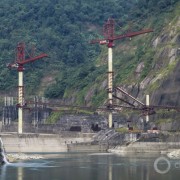

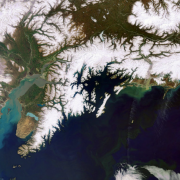
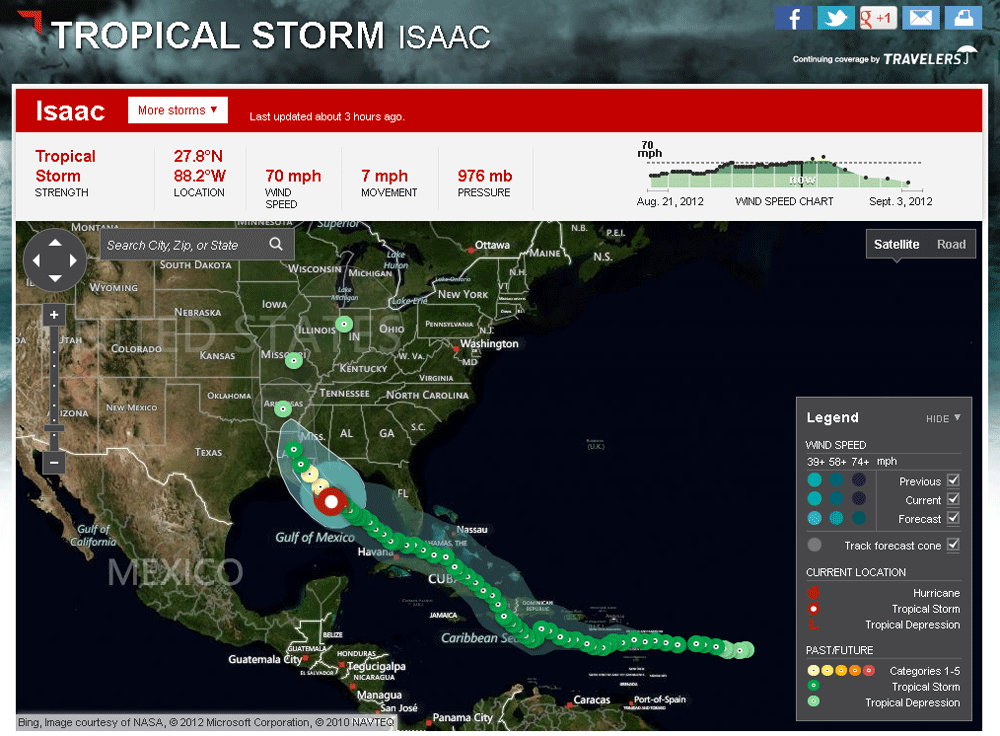


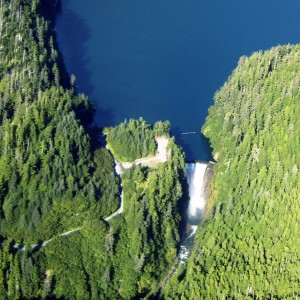
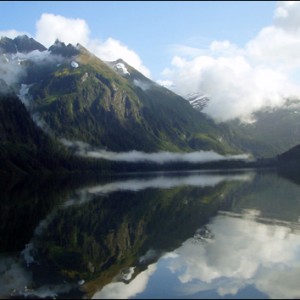
cool make some and show some money
I am on the band wagon for HELL NO!!!!! Alaska’s nature belongs to all Alaskans